May 14, 2025
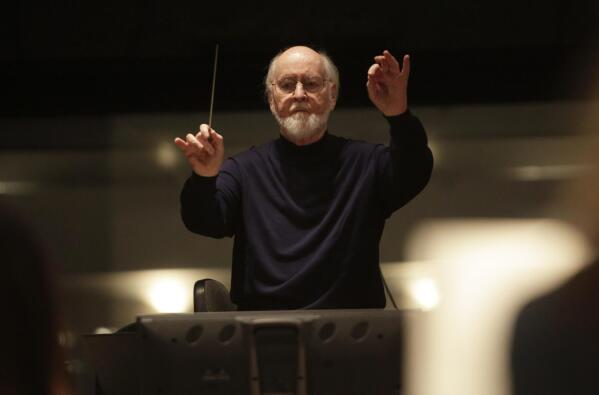
There’s a thread running through some of the biggest movies ever made, from Jaws to Harry Potter, and you’ll never see it on screen. We’re wired to focus on what we can see, but the things we can’t see make or break projects. It’s a lesson founders, leaders, and entrepreneurs can benefit from.
People flock to the theater to see Brad Pitt, Emma Stone, Pedro Pascal, Margot Robbie, or The Rock. Directors can also pull audiences. Many people will see anything from the likes of Scorsese, Kubrick, Tarantino, or Spielberg.
But films and business have something in common: the things we don’t see make or break the story.
Spielberg knows, “Without John Williams, bikes don’t fly, nor do broom in Quiddich matches, nor do men in red capes. There is no force. Dinosaurs do not walk the earth. We do not wonder. We do not weep. We do not believe.”
Impressive Resume
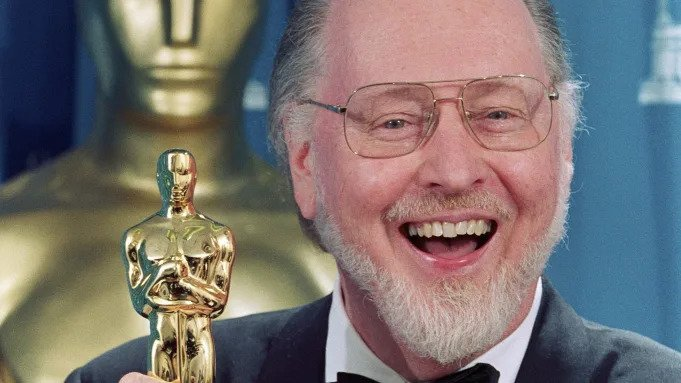
Despite his incredible resume, Williams never makes the movie poster, yet he wrote the score for Jaws, Jurassic Park, Star Wars, E.T., and Harry Potter (among others).
He’s written over one hundred scores, and collected 54 Oscar Nominations. Only Walt Disney has more. He won 25 Grammy, 4 Golden Globes, and 3 Emmys. His achievements go beyond the silver screen. He wrote 4 Olympic themes (1984, 1988, 1996, and 2002). Oh, and 21 universities have honored him with honorary degrees.
It’s quite the resume, but looking beyond what he’s accomplished and digging into how he accomplished it reveals true gems for any business leader.
How he does it
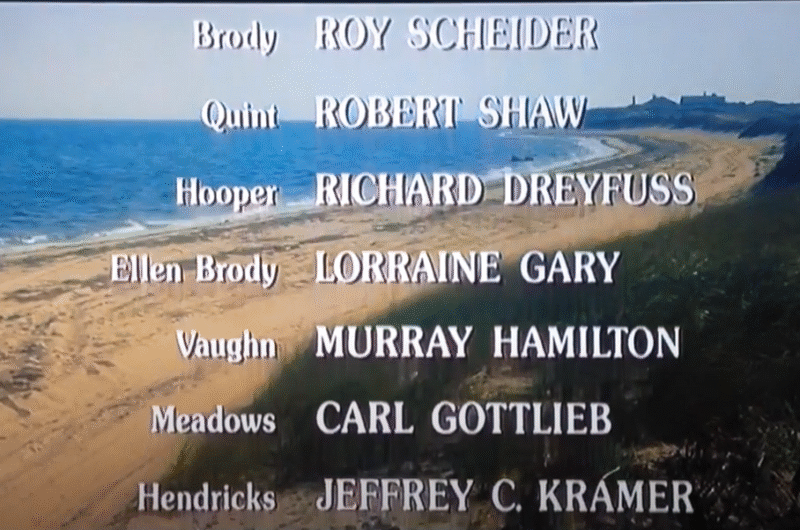
He starts every score with the ending credits. It’s the last thing the audience will hear, but it’s the most important to Williams because it creates the themes he will use throughout the score. Starting at the end keeps every other decision he makes on mission.
It’s the whole vision in one place. He can come back to it when he feels he might stray from his original intentions.
On top of that, the approach creates another illusion. We experience movies from beginning to end, so the themes he creates appear to build into one cohesive narrative by the end. In reality, he starts with the whole thing and then breaks it down appropriately throughout the film. He makes the ending feel like destiny.
Genius looks simple
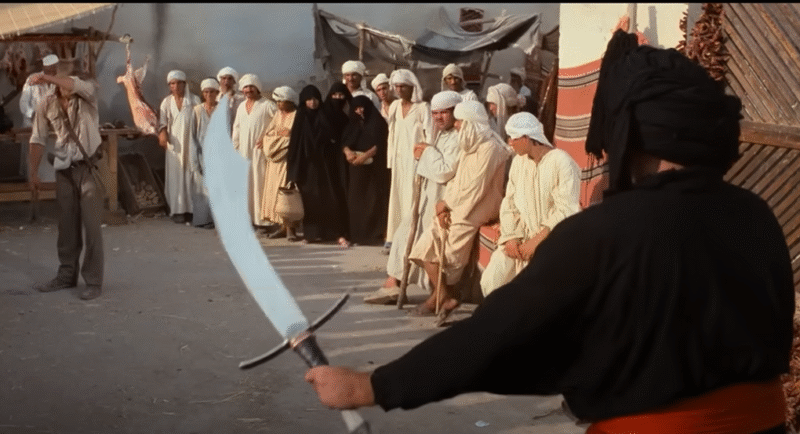
A byproduct of the approach is it makes genius look simple, easy, or even effortless. Anyone who has built something impactful knows it’s anything but simple, easy, or effortless. The theme to Indiana Jones is an earworm: Bum-ba-da-BAAA! Bum-ba-daahhh…Bum-ba-da-BAAA! Ba-da-BAHH!
But he toiled with it. “I remember working on that thing for days, changing notes, changing this, inverting that, trying to get something that seemed to me to be just right. Things which appear to be very simple are not at all, they’re only simple after the fact. The manufacture of these things which seem inevitable is a process that can be laborious and difficult.” -John Williams
The manufacture of these things which seem inevitable is a process that can be laborious and difficult.
I’ve been in the grind of building companies, strategies, products, and teams. It doesn’t feel as triumphant as the Indiana Jones theme in those moments. It only looks easy after the fact. People say it all the time, but it’s true. Every overnight success we see came from decades of hard work we didn’t see. So don’t compare the messy middle of your journey with the polished, and seemingly simple, end of someone else’s.
More on simplicity.
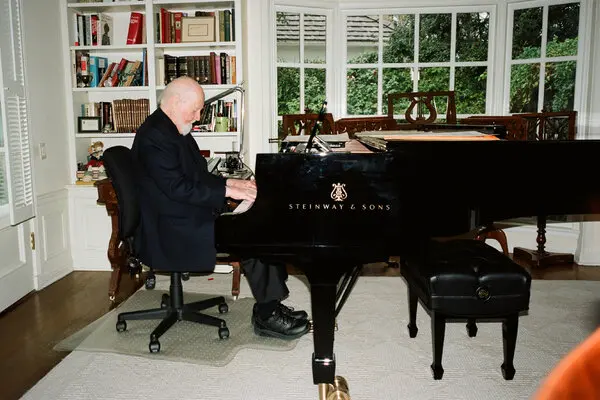
In an age of digital everything, Williams doesn’t use any of it. He’s completely analog. He doesn’t use a keyboard, just a piano. You won’t find him clicking a mouse. He’s scratching with a pencil.
Plenty of other composers do use digital technology, and they also produce great work. But you don’t have to. Williams proves you can achieve greatness without it.
You already have the most important tools inside of you. The inspiration, dedication, work-ethic, vision, and drive will get you farther than the latest tech stack.
Founders often procrastinate their projects by working on their systems. Don’t get me wrong, systems help. But only if they’re in service to the project, not a distraction from it.
Inspiration’s the same way
Speaking of ways we procrastinate, we can all envision someone struck by inspiration, like a lightening bolt. In reality, inspiration doesn’t strike. It builds. Violins swell beautifully, slow horns come in from the back, drums start slowly and quietly, and they all grow together until the cymbals crash at the crescendo and the song’s off to the races.
“Any working composer or painter or sculptor will tell you that inspiration comes at the eighth hour of labor, rather than as a bolt out of the blue. We have to get our vanities and our preconceptions out of the way and do the work in the time allotted.”
It’s a bit of a blue collar approach, but it works in a white-collared world. Get to work. It’s the best, and most reliable, way to have a creative breakthrough.
Create first, edit second

Additionally, it gives you plenty to work with when it’s time to edit. Creating and editing require different mindsets. High achievers often want perfection so badly they try to edit while they create, and it stifles their creativity.
Williams keeps every element he writes until he hears an orchestra play it. Then he edits.
It’s smart because a good edit depends on having enough quality material to work with. Creativity requires the courage to push yourself, make a mess, and keep going through self-doubt. Editing takes the emotional maturity to let go of your creations.
You won’t end up with something great without both.
Every piece matters
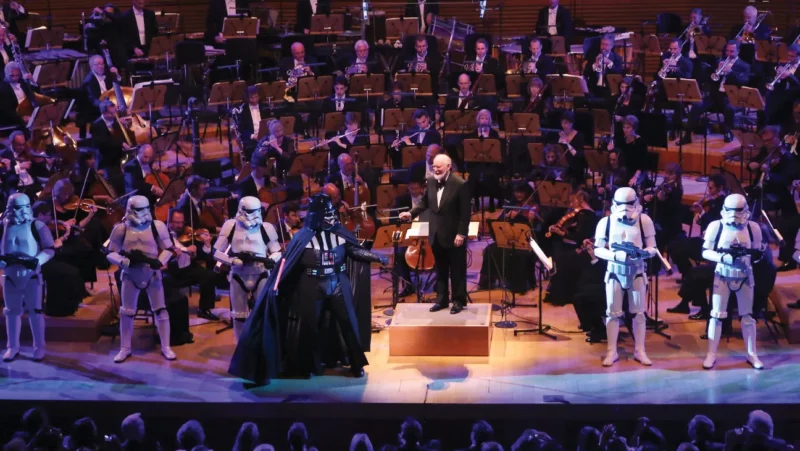
Resisting the urge to edit during the creative process gives you the best chance to end up with as many quality pieces as possible. Founders, like creators, often can see how everything fits together more than most people. They know every piece of a project fits together.
Production, sales, marketing, HR, product development, and every other function of a business have to work together before a company will reach its fullest potential.
It seems crazy to think this, but many prominent people, including Spielberg, didn’t like early screenings of Star Wars before they added the score. The film needed emotional depth, and Williams’ score made it complete.
Leadership
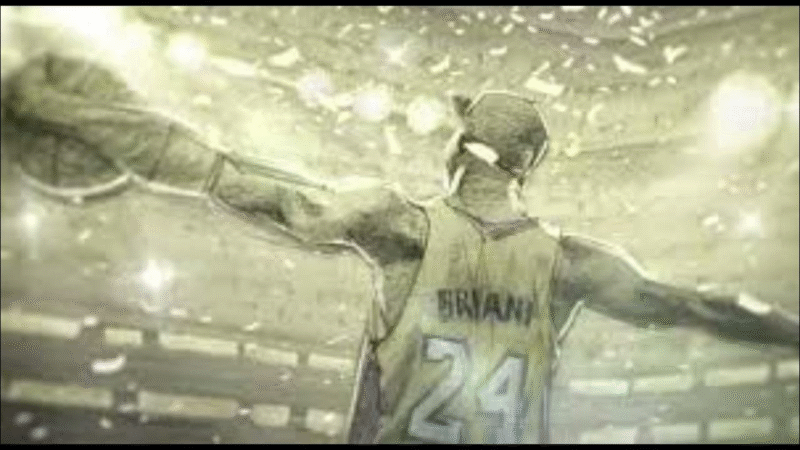
Most people will think of Williams as a musical genius, but his position on leadership warrants attention. He created the score for Kobe Bryant’s short film Dear Basketball in 2017. Kobe wanted Williams for two reasons. First, he hummed “Hedwig’s Theme” from Harry Potter to put his children to sleep, making one of Williams’ songs personal.
Additionally, he revered the way Williams led orchestras. An orchestra for one of his major scores would have between 85-100 musicians. We may not think about that while listening to a score, but Kobe saw it and asked him for advice on leadership. Every leader should listen to, and internalize, his message:
“Kobe, if hear something is off, I can just interject and give them the answer. But I’ve found it’s better to ask them questions, because most of the time, the answer I’ll get back will be a better answer than the one I had.”
We can find lessons to help our businesses everywhere (if we’re looking), and I’ve found them in a composer of musical scores. While his music has inspired so many people, his lessons on creativity, genius, inspiration, and leadership stay with me more often and push me to be a better collaborator.
I’ll turn to Spielberg again to wrap it up: “He has never let me down in 42 years. He’s the only collaborator I’ve ever had that has never disappointed me.”
It’s the type of thing I hope people will say about me down the line.
